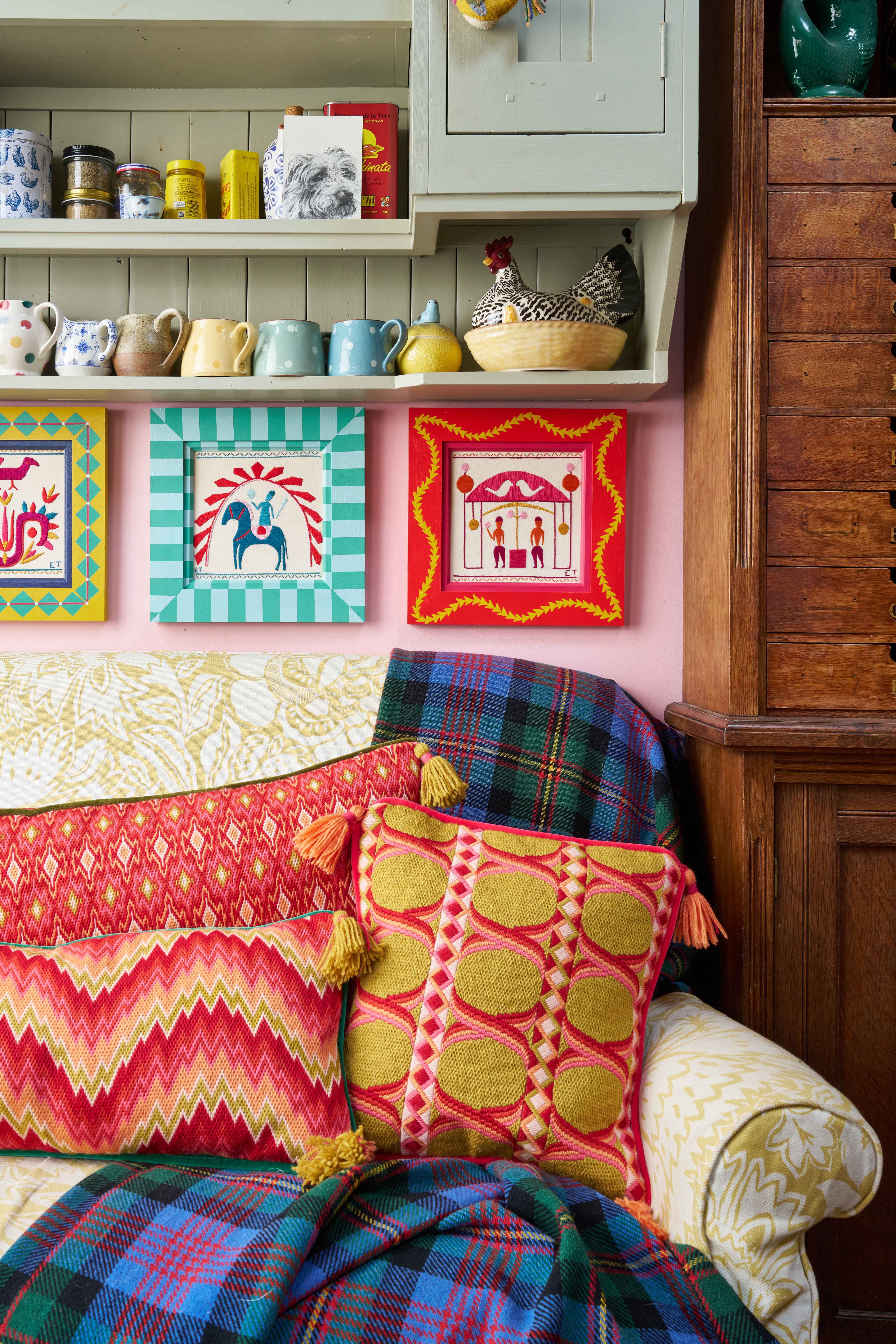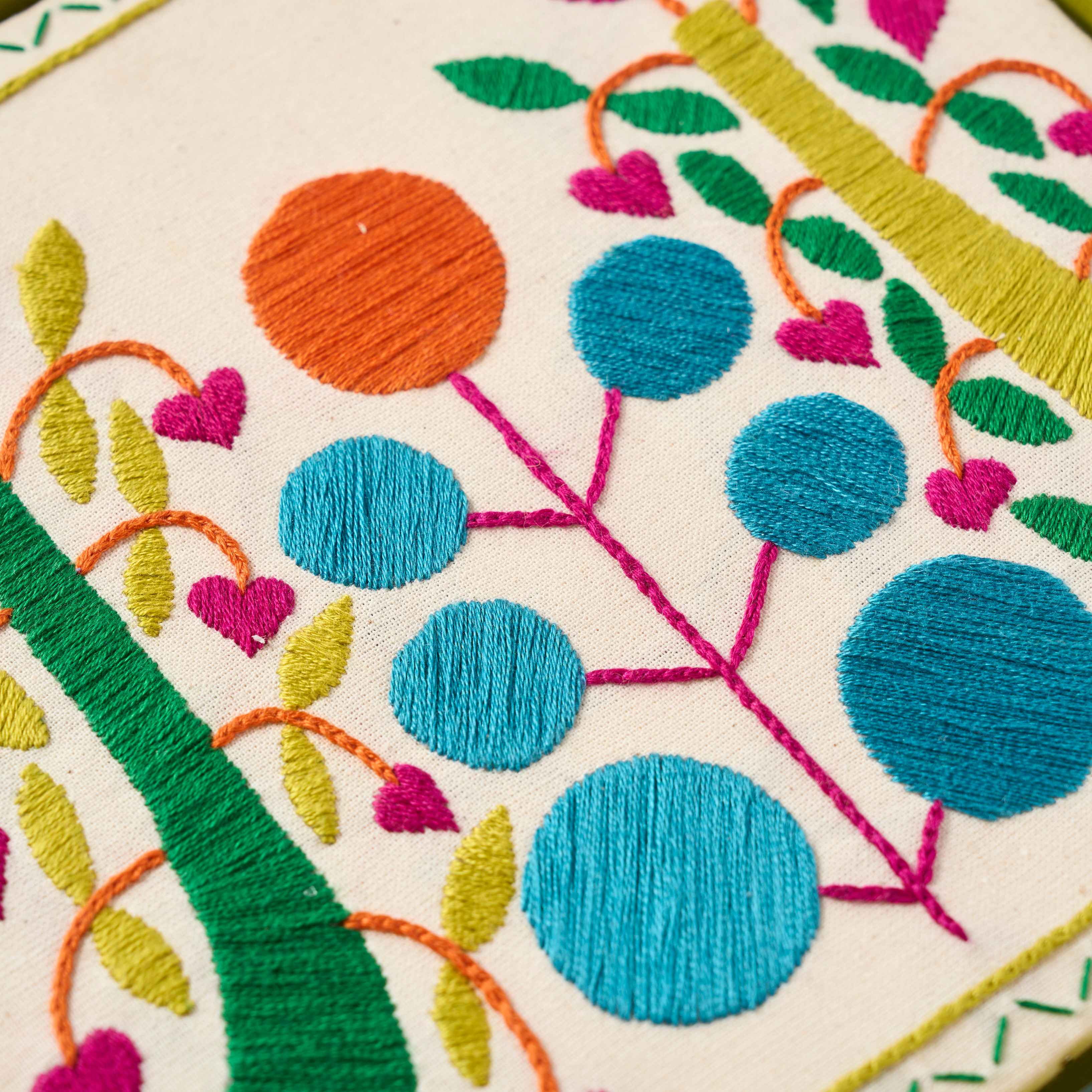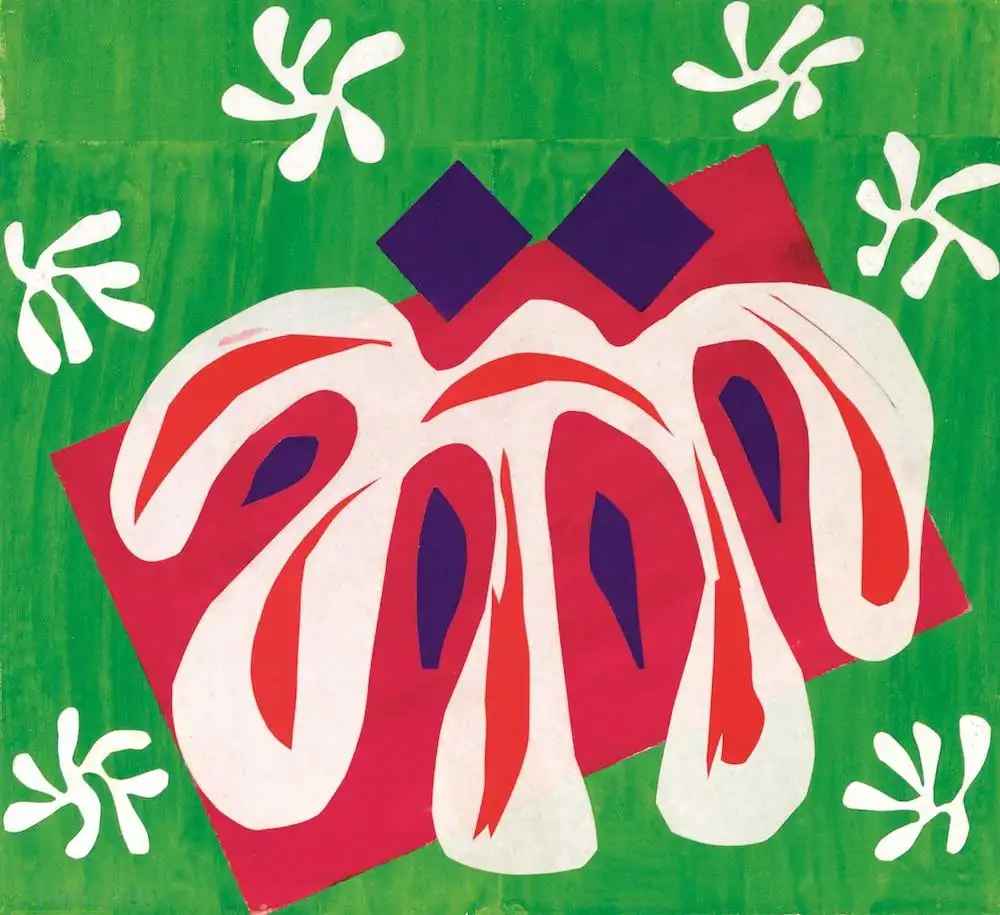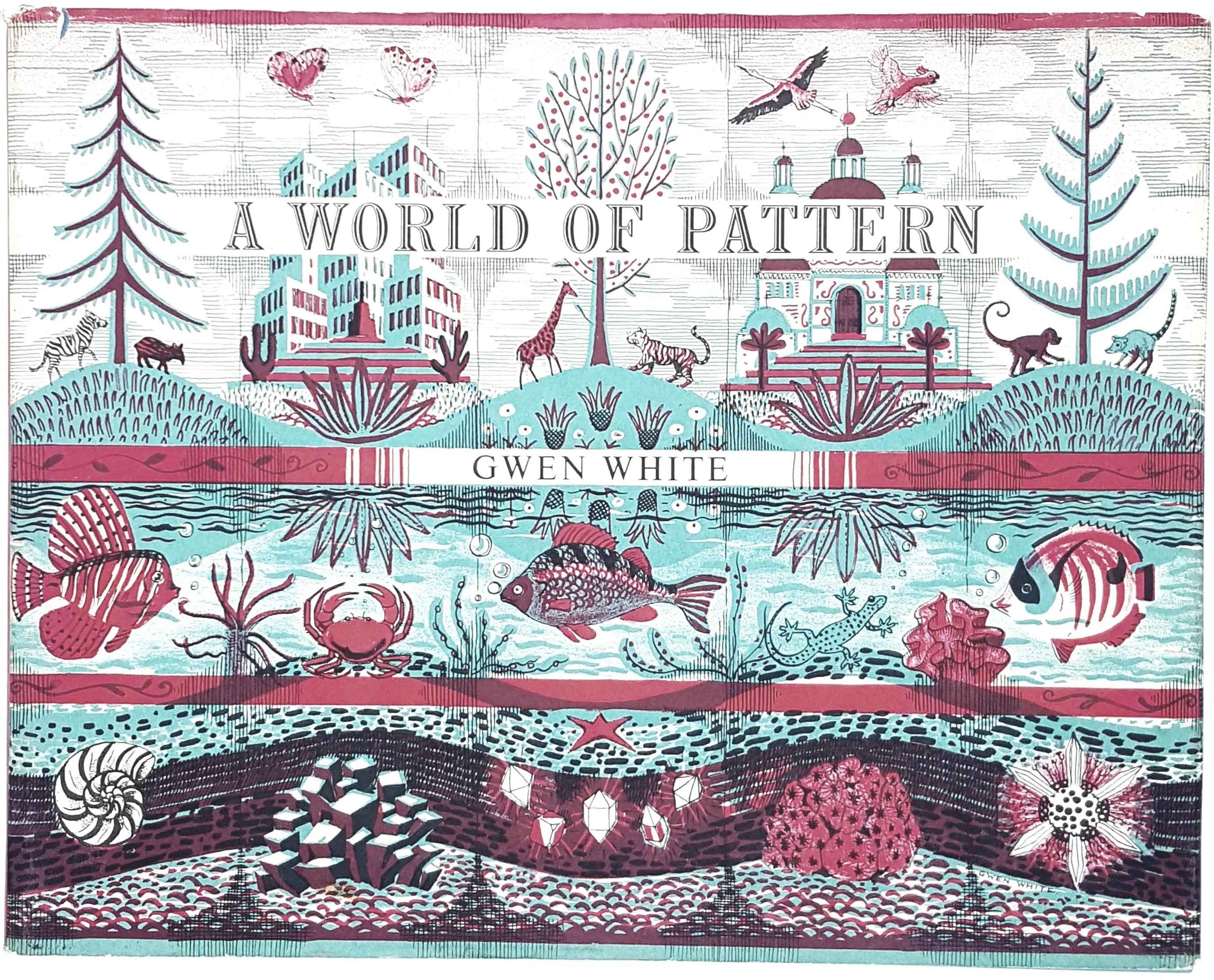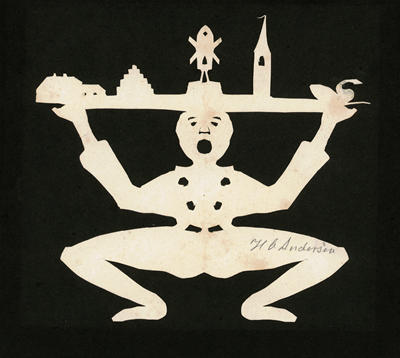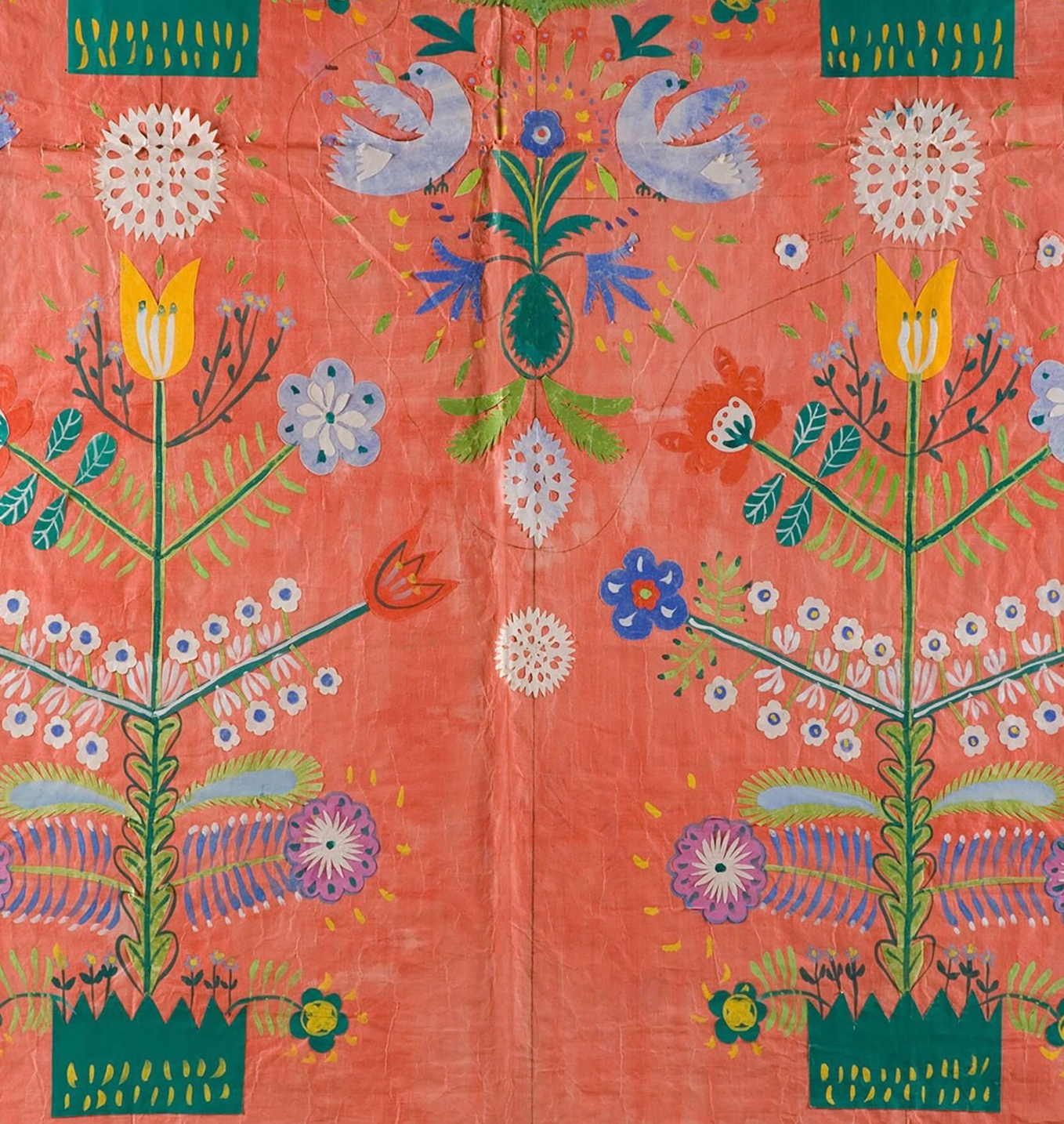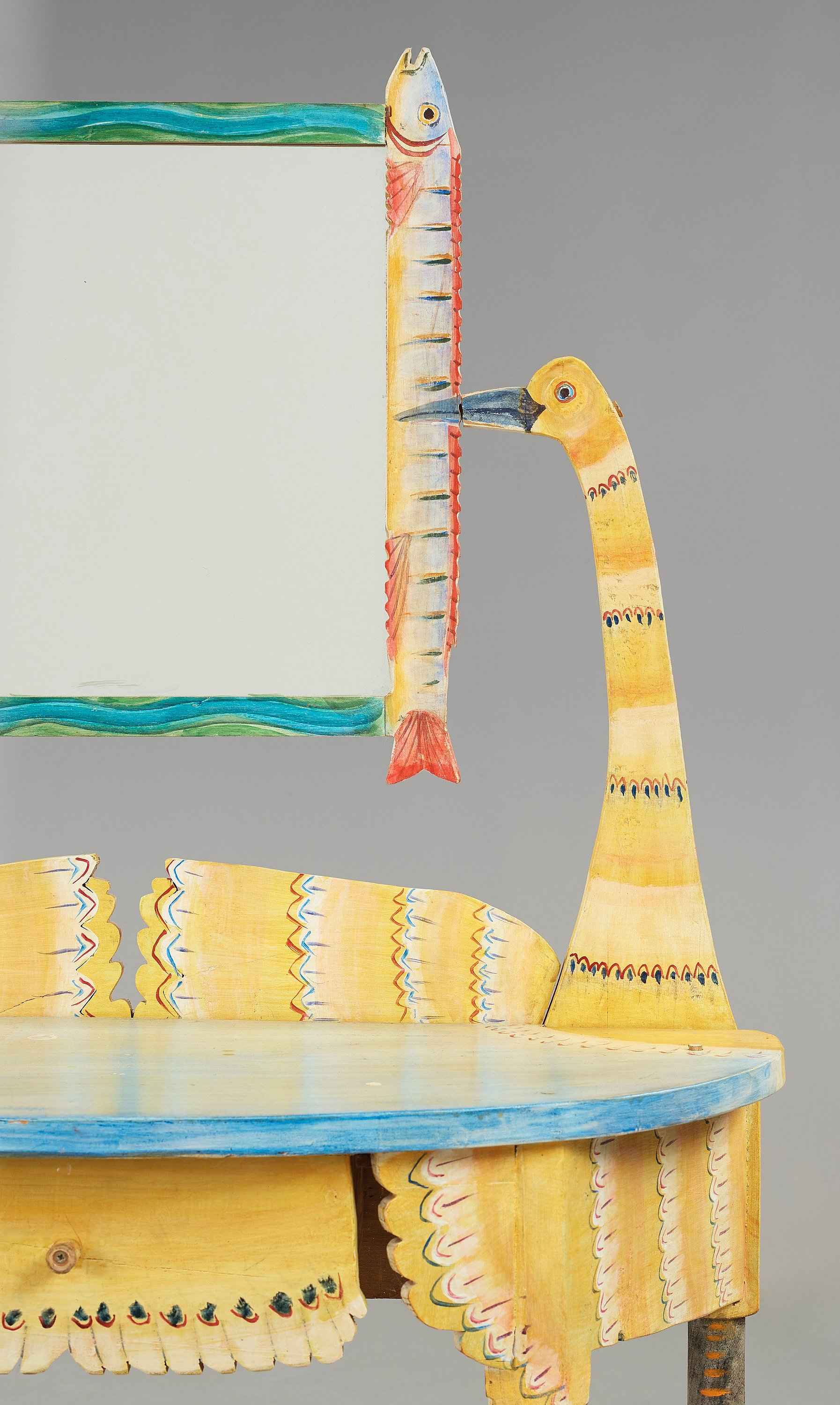
The colourful world of Josef Frank

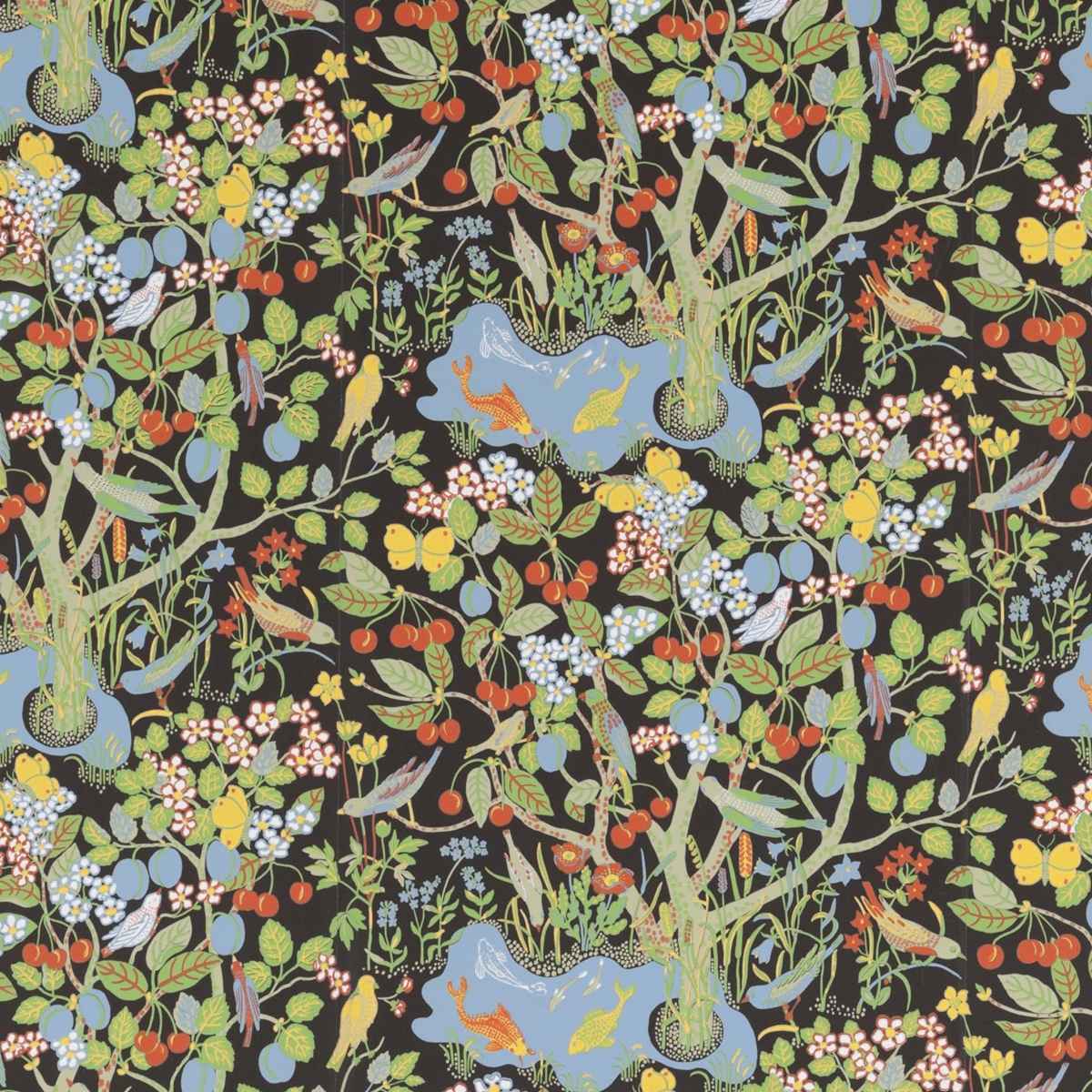

One of my constant sources of inspiration is the work of Austrian designer, architect, teacher, author and father of Swedish Modern, Josef Frank. If I am ever stuck in a rut with colour choices, then he is my reference. His patterns and colour palettes are unexpected and completely timeless. So, whilst many of your will already be very familiar with his work, it wouldn't be The Fabled Thread blog if there wasn’t an article dedicated to Josef Frank!

Born to a Hungarian Jewish family in Baden, Austria in 1885, Frank spent his early career studying architecture at the Vienna University of Technology and teaching at the Vienna School of Arts and Crafts. He went on to found his own architecture school and an interior design company, Haus and Garten.
A lifelong socialist, he put as much care into designing comfortable, airy, affordable homes for workers as he did into creations for his wealthy clients. In 1933, seeing the way the political wind was blowing, he left Vienna with his wife to move to her homeland, Sweden.
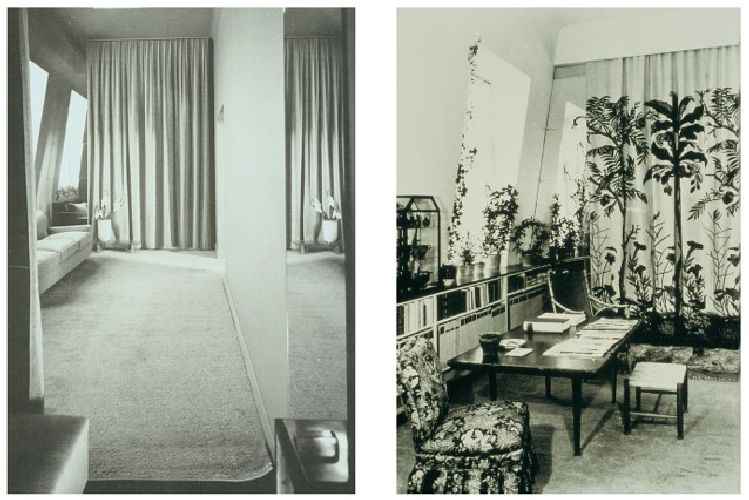
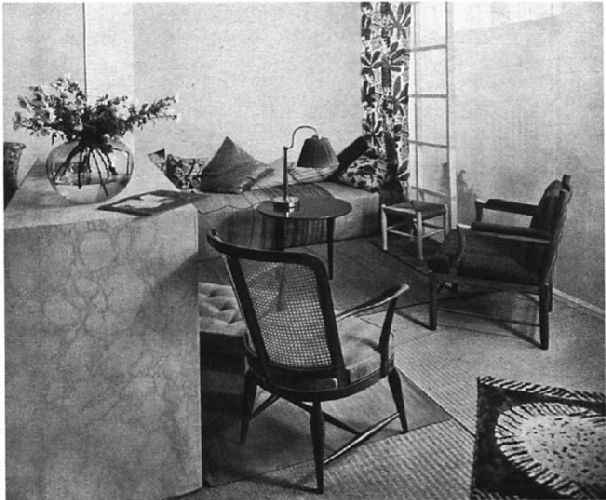
At first, Frank struggled to gain a foothold in the Swedish design scene. Utilitarian, uniform minimalism was at its height in 1930s Stockholm, and Frank’s eclectic and colourful aesthetic was anything but. The fashionable cookie-cutter style of his time disturbed him. Homes, to Frank, should be warm, welcoming, lived-in spaces as unique as their owners. From bold botanicals and exotic animals to insects and even maps, his work is a riot of colour, pattern, curved edges and natural motifs.



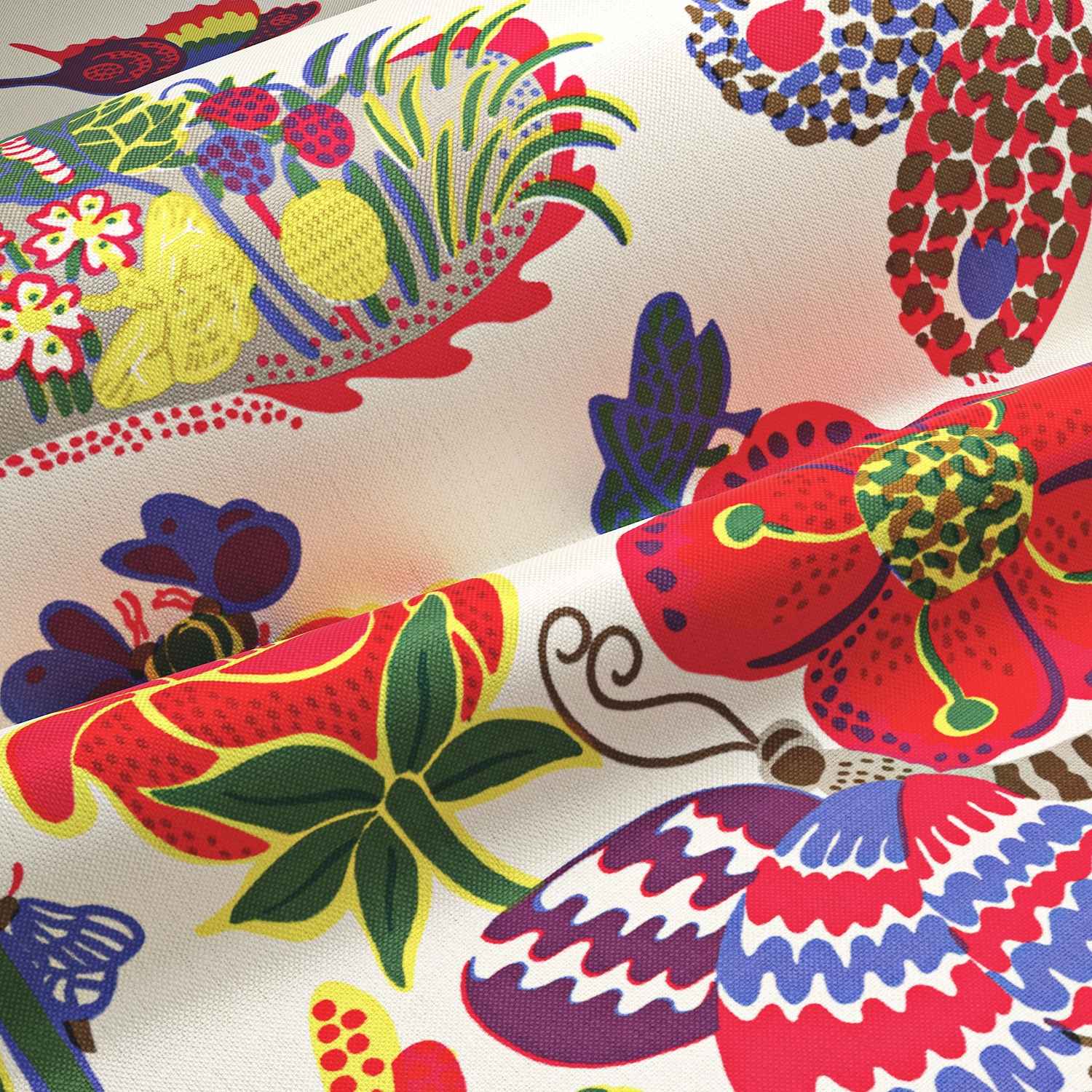
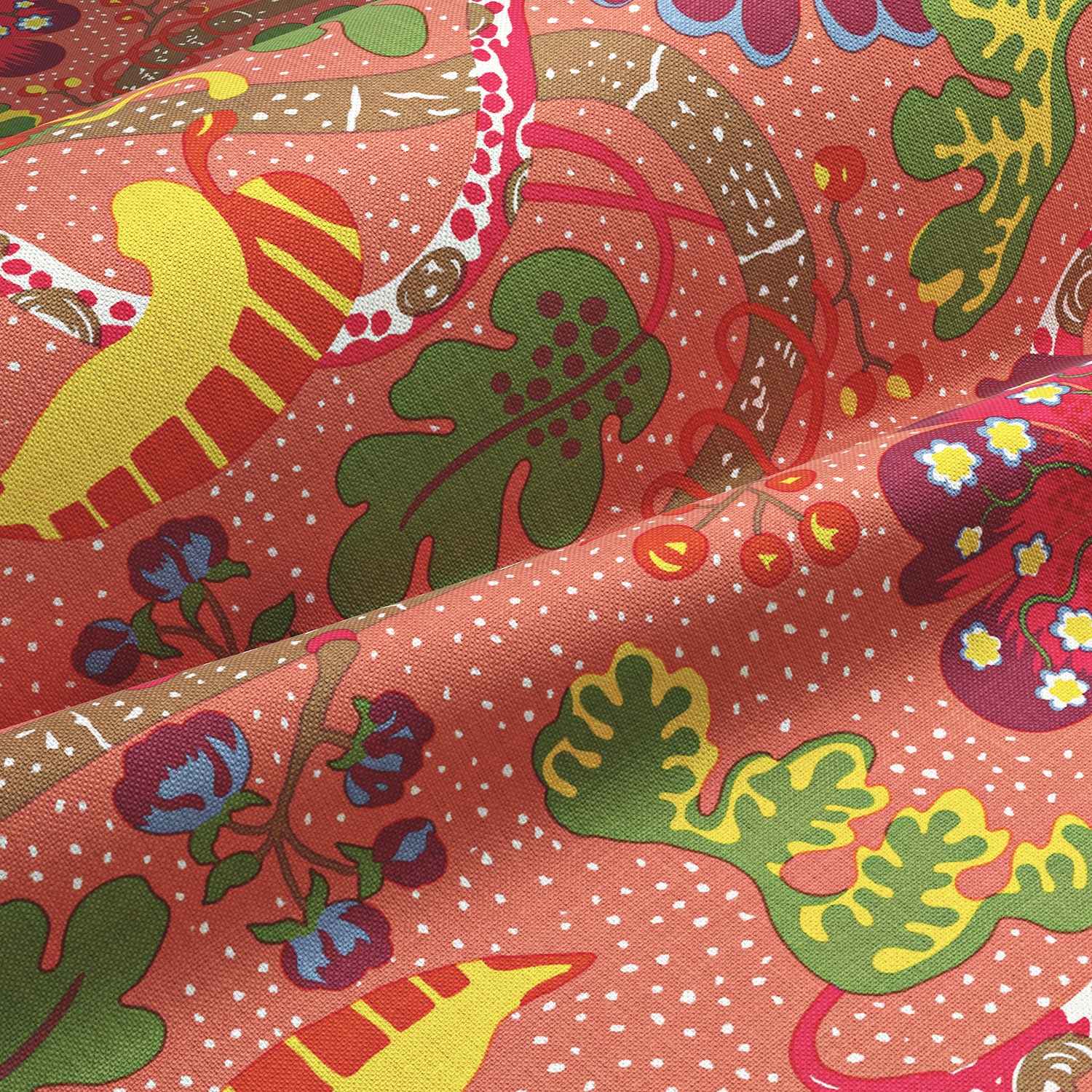
Luckily for Frank (and for interior design), his joyful creations caught the eye of Estrid Ericson, founder of Swedish design house Svenskt Tenn. Ericson and Frank teamed up, and the rest is textile history. Svenskt Tenn still own all 160 of Frank’s textile designs, and keep a rotation in production to this day. If you are interested in reading more about the textile designs themselves, then visit the Inspiration section of the Svenskt Tenn website, where they have wonderful behind the scenes stories on specific prints, such as Mirakel or Astrida .
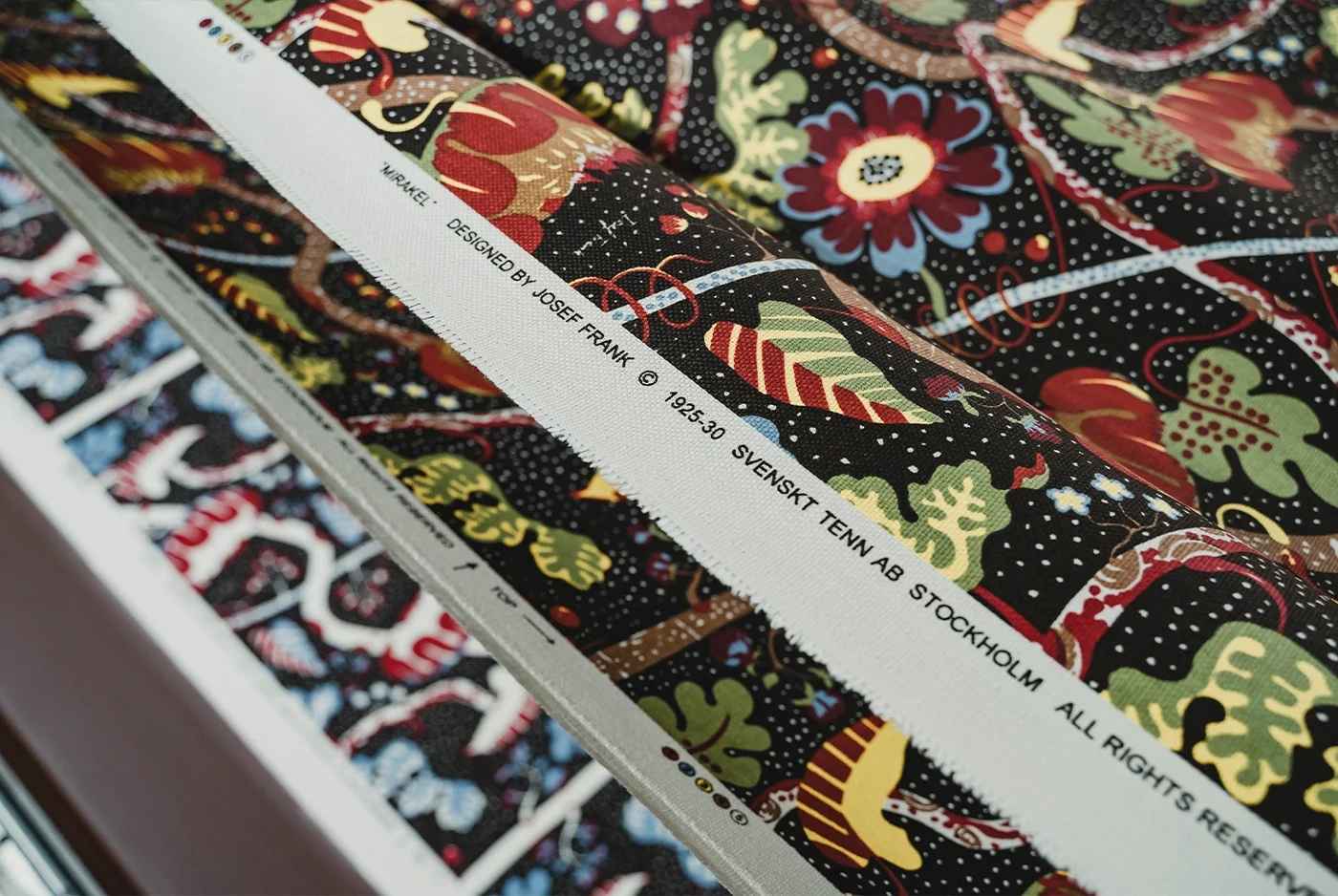


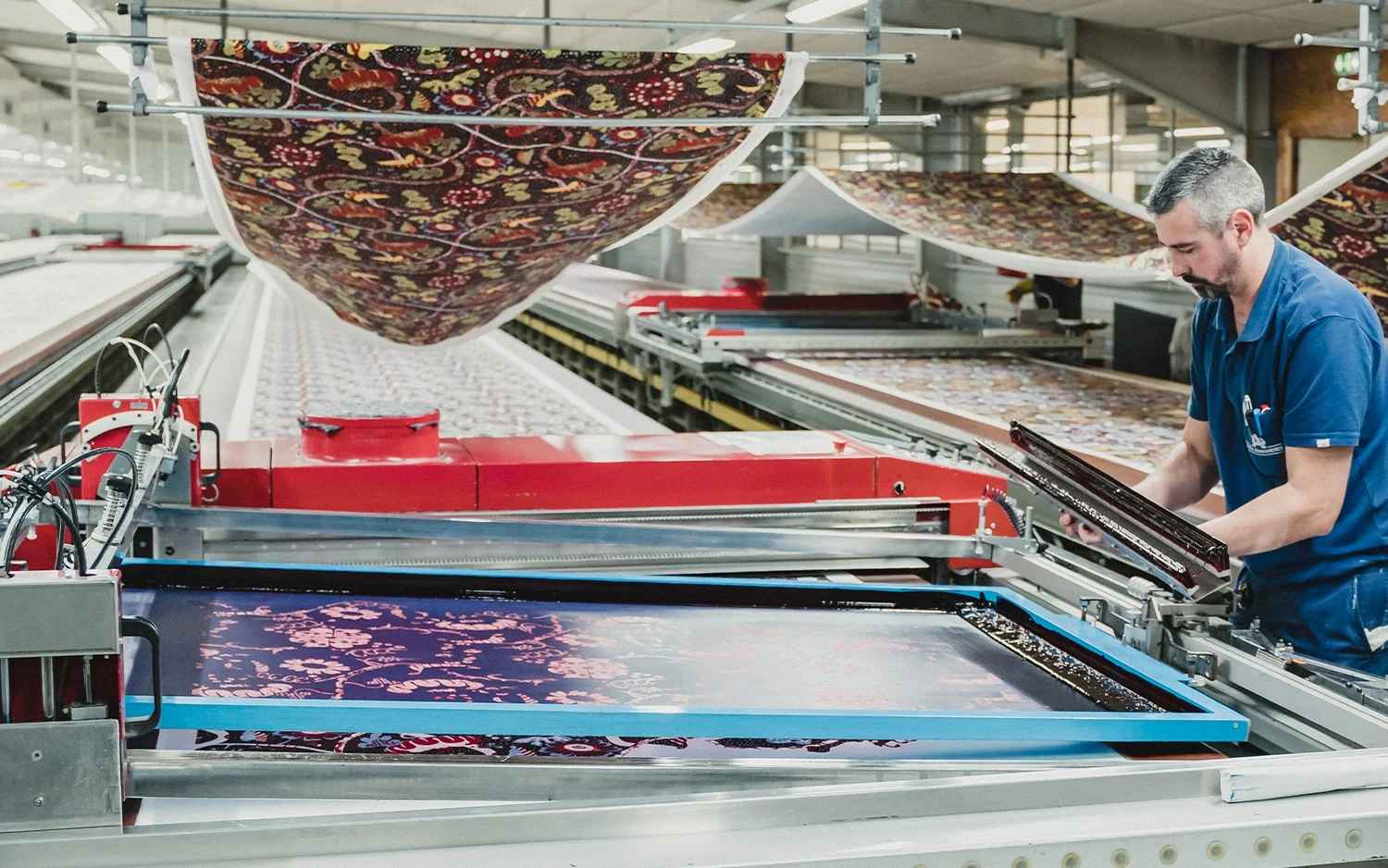


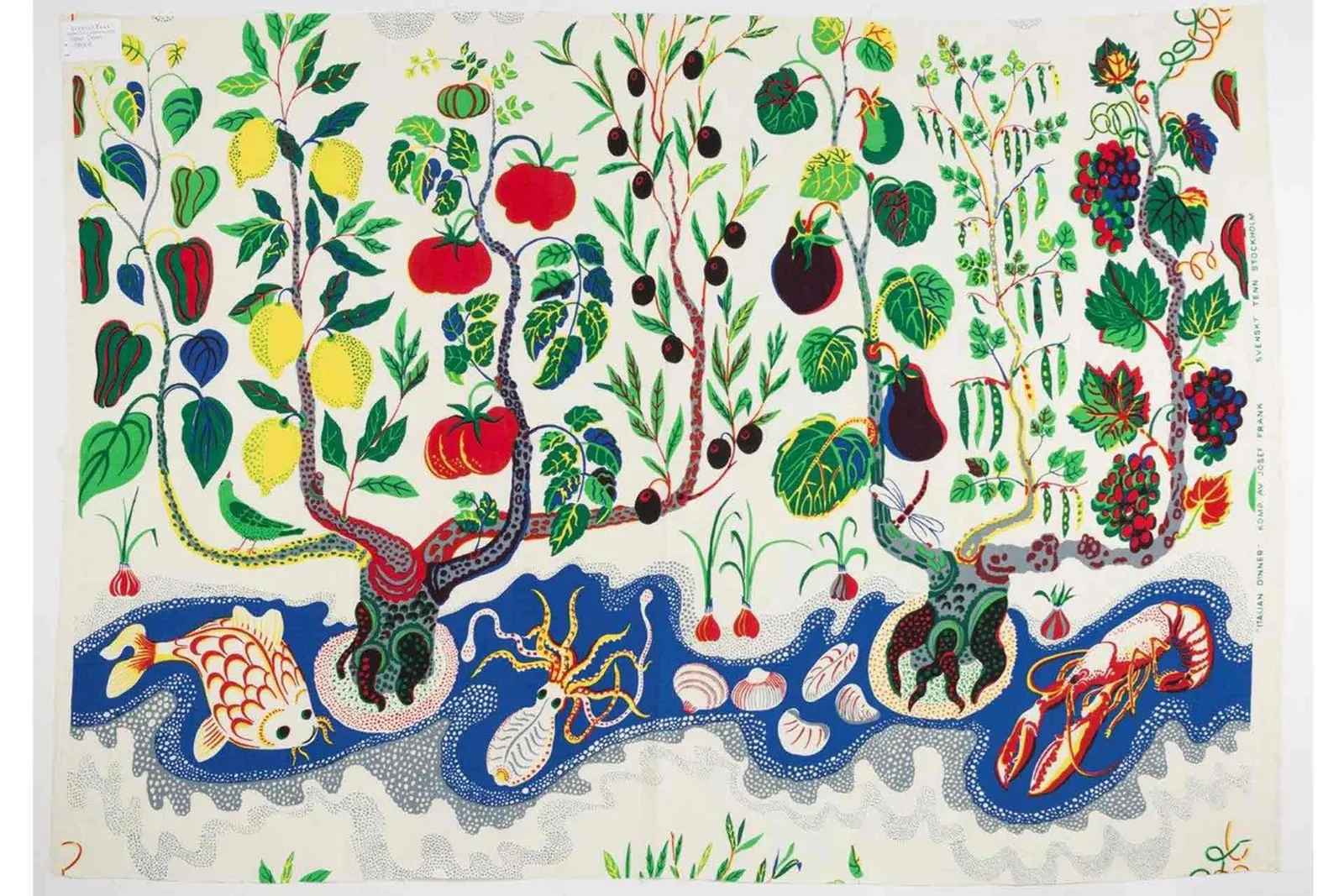
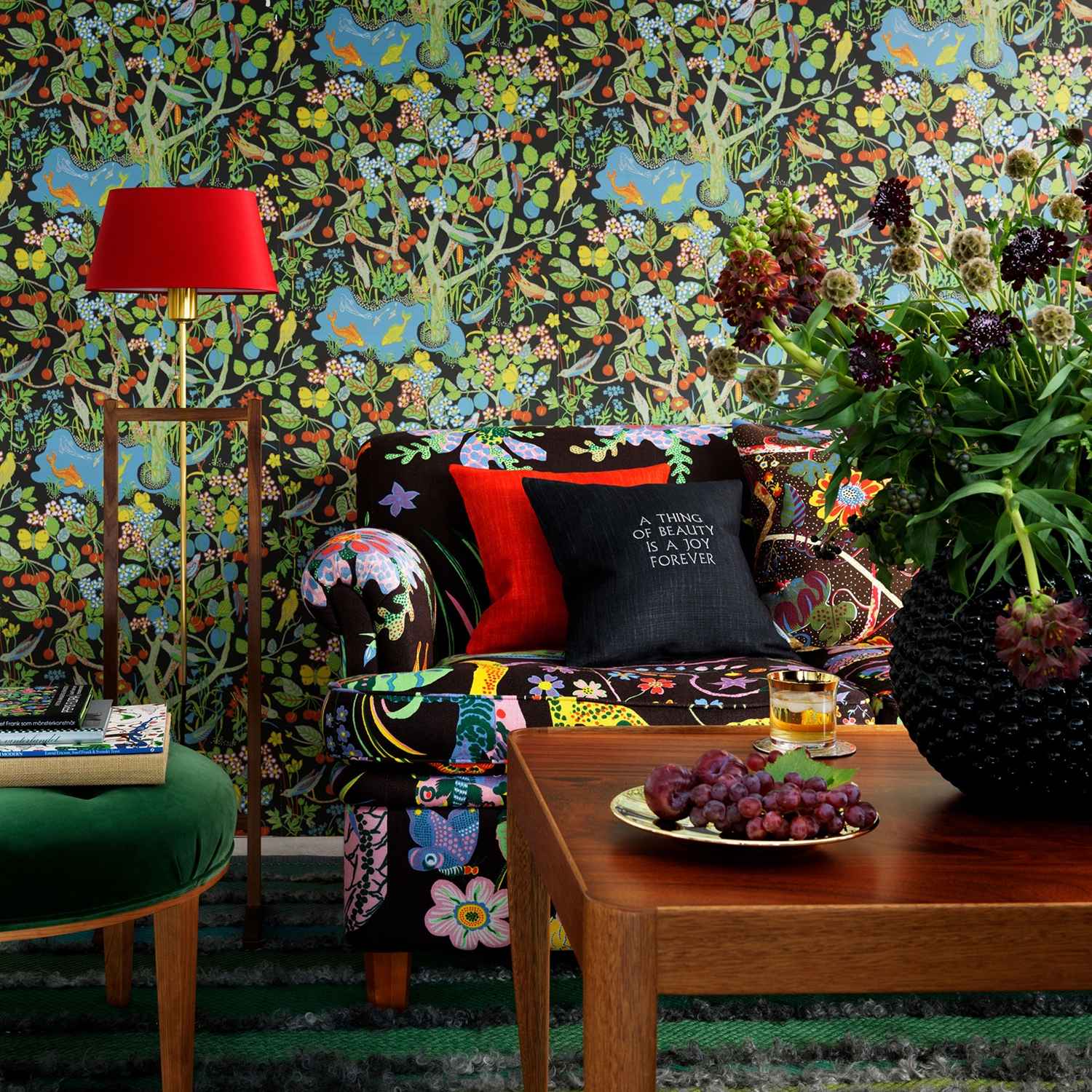
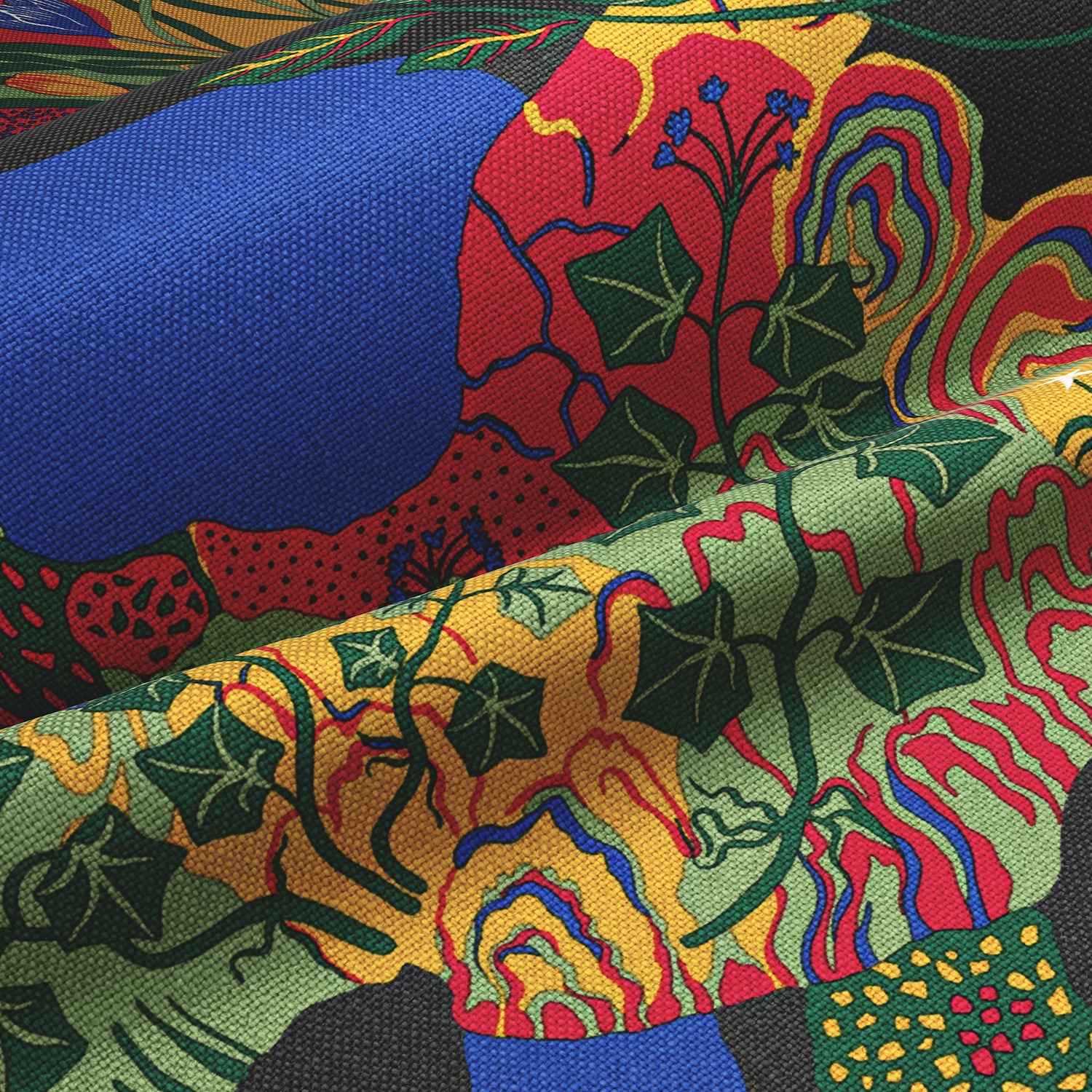
A free spirit, Frank followed his own path. Calling his style “accidentism”, he firmly believed that “the things you like will always blend, by themselves, into a peaceful whole,” and used tiny variations and offsets to create a sense of organic growth. Frank’s textile design was meant to surprise the viewer. His love of uniqueness, individuality and the unexpected runs right through his work – the imperfections are what make him the ultimate muse. When drawing, designing, stitching and making, I always refer back to his ethos. After all, if there are any unexpected wiggles, it’s not a mistake, it’s accidentism.
